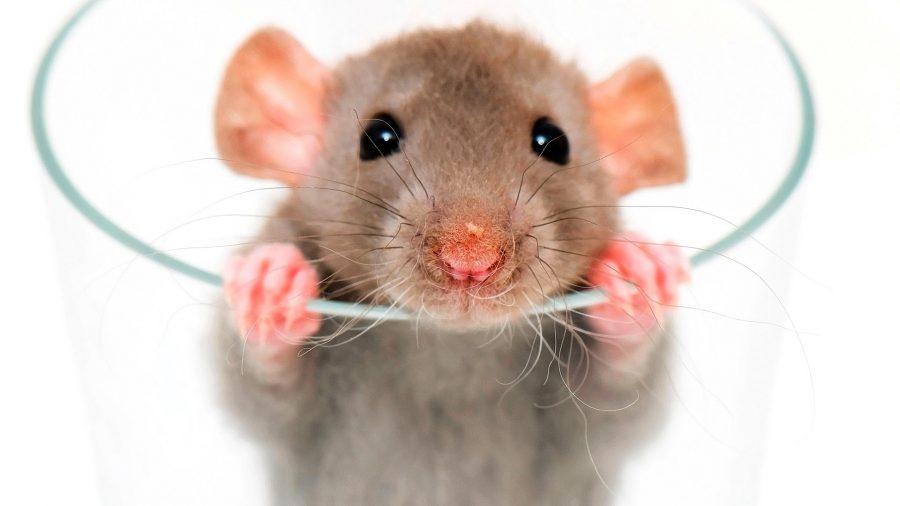On Monday, a group of scientists at Cedars-Sinai Heart Institute in Los Angeles, CA, discovered through a world-first experiment a form to rejuvenate elder rats’ old hearts by injecting cardiac stem cells from much younger rats with healthier hearts. They hope this process might eventually become useful to humans.
The first time an experiment like this was carried out was in 2009 by the same Los Angeles-based team. Now, they also proved the possibility of reversing aging in old hearts.

Heart failure is a typical cause of death in humans. Around 48 percent of women and 46 percent of men die a year from heart attacks and other heart-related diseases. They are the first reason of death worldwide, and a leading cause of death in the United States, killing over 375,000 Americans a year. Nearly half of all African-American population suffers from heart diseases.
Rats did better in functions like running or breathing after being injected stem cells
Researchers took stem cells from the hearts of 4-month-old rats, shaped them into cardiosphere-derived cells and injected them into the hearts of other rats of 22 months old, an age that makes them be considered as old. They carried out a similar process to another group of rats but injected saline instead. Scientists later compared both groups.
“The animals could exercise further than they could before by about 20%, and one of the most striking things, especially for me (because I’m kind of losing my hair) the animals … regrew their fur a lot better after they’d gotten cells” compared with the placebo rats, said Dr Eduardo Marbán, director of the Cedars-Sinai Heart Institute and lead author, who is also extremely excited for having witnessed the unexpected fountain of youth.
In 2009, his team successfully repaired the damaged heart of a man who had suffered a heart attack, using his own heart tissue.
A stem cell shaped into many other body cells
Stem cells are a really basic type of cells that can be molded and converted into other much-specialized cells through a process called differentiation, which is basically shaping them into any kind of body cell. They form in embryos – like embryonic stem cells -, which help in the growth process of babies, along with the millions of other different cell types they need before their birth.

One of many cells scientists generated from stem cells is called progenitor cell, which shares some of the same properties. But unlike the original cells, progenitor cells are not able to divide and reproduce indefinitely. Dr. Marbán also said they discovered cardiosphere-derived cells, which tend to “promote the healing” of a condition that affects more than 50 percent of patients suffering from heart failure.
“Our previous lab studies and human clinical trials have shown promise in treating heart failure using cardiac stem cell infusions,” said Dr Marbán. “Now we find that these specialized stem cells could turn out to reverse problems associated with aging of the heart.”
The benefits found due to exosomes
According to Dr. Marbán, stem cells secrete exosomes, tiny vesicles which “contain a lot of nucleic acids, things like RNA, that can change patterns of the way the tissue responds to injuries, and the way genes are expressed in the tissue.” They are placed into the heart, and act to transform it into a better organ, helping it at the same time to improve exercise capacity and hair regrowth, he explained.
Now, Dr. Marbán is exploring a much easier way to deliver the stem cells intravenously, instead of injecting them directly into the heart. Thus avoiding surgeries, which tend to be more complicated and expensive for the patient.
“Striking benefits are demonstrated not only from a cardiac perspective but across multiple organ systems,” said Dr. Gary Gerstenblith, a professor of medicine in the cardiology division of Johns Hopkins Medicine, who did not contribute to the new research. “The results suggest that stem cell therapies should be studied as an additional therapeutic option in the treatment of cardiac and other diseases common in the elderly.
Now, scientists need to make more extensive studies before using the technique in humans.
Source: CNN
